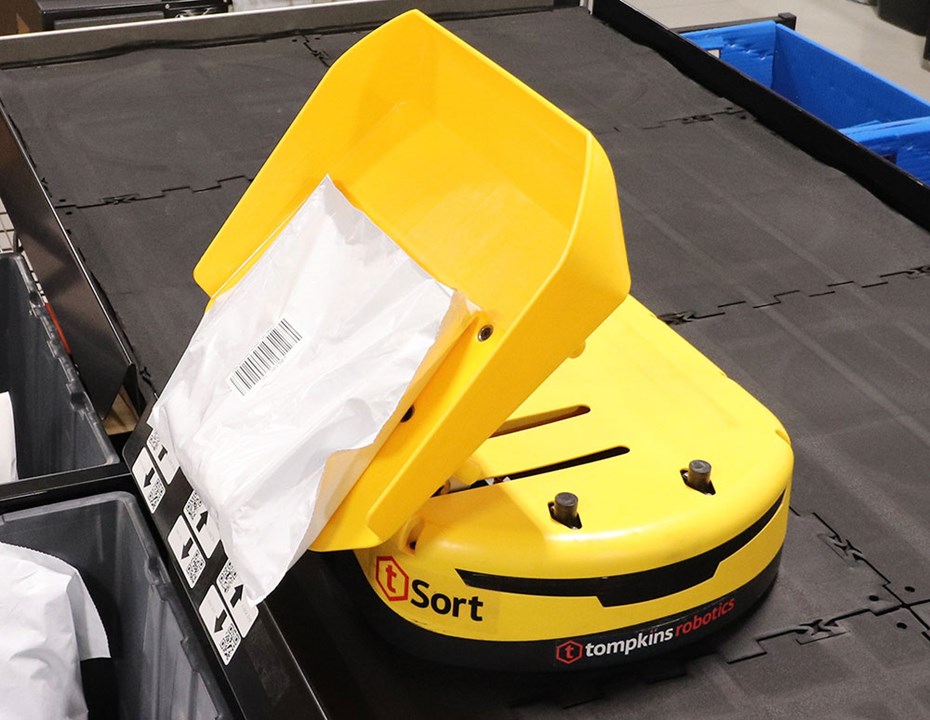
3 Parcel Shipment Direct-to-Consumer Opportunity Areas
Will Saucer & John Young | 3 August 2022
It’s no secret that, since the start of the COVID-19 pandemic, foot traffic in brick-and-mortar stores has seen a dramatic decrease. Recent reports show a slight increase and recovery but it is becoming increasingly clear that online shopping is the way of the future. How are businesses responding to this trend and what does this mean for parcel shipments?
Many businesses are capitalizing on the ecommerce boom by pulling their products from 3rd party brick-and-mortar stores and expanding their independent direct-to-consumer (DTC) capabilities. For example, earlier this year, Nike announced that it would be moving some of its products from Foot Locker stores to place more focus on independent distribution of online orders. This move gives Nike more control over their pricing and marketing, and many expect other large, recognizable brands to follow suit.
What does this shift towards ecommerce mean for the material handling industry? In short, it means more large distribution centers with stricter shipping requirements, more product diversity and a wider variety of automation than ever before. Below we will explore some of the challenges and opportunities that come with these new trends impacting direct to consumer fulfillment and parcel shipment.
1. Same Day and Next Day Shipping
Challenge: Shipping requirements
As companies switch to an ecommerce-centered approach, their customers have come to expect faster and faster shipping times. Therefore, companies need to make sure that they have the inventory on hand and the picking efficiency to fulfill orders quickly, oftentimes the same day that the order is placed.
Opportunity: Automation
Automation can greatly increase the storage density and picking efficiency of a warehouse, allowing distributors to keep much more inventory on hand and complete more picks in a shorter amount of time. Where shelves with wide aisles for fork trucks may have been needed in the past, densely packed inventory bins can be added that are fetched by robots that know exactly what you need and when.
With automation, distribution centers can be active even when operators are not. Robotic picking arms, automatic pack machines, and automated trailer loading systems can all work around the clock to ensure all necessary orders are fulfilled on time. This reduces the need for overtime and the likelihood of employee discontent and burnout as well.
2. Project Lead Times
Challenge: Supply chain issues, high demand
The last couple of years has seen large negative effects on many supply chains – from labor availability challenges, material delays and increased costs, safety precautions and more – and material handling automation is not immune to this. Automation hardware lead times are higher than ever due to issues with raw materials supply chains like steel, which creates difficulty in implementing projects in a timely manner.
High demand for these projects also effects lead times due to labor constraints. System design and software development take significant time to complete, and material handling companies may have to wait longer than normal to free up capacity to work on projects.
Opportunity: More standard solutions
Hardware supply chain issues will hopefully return to more stabilized levels of efficiency soon, which will alleviate some of these challenges. The challenge that is more easily overcome by material handling companies is high demand, which can be solved by offering more standard products. These products can integrate with commonly seen automation systems and perform standard functions and require minimal work from development teams. This not only decreases lead times, but also results in a more affordable system price.
3. High Variety of Products
Challenge: Products and units of measure in distribution centers are more diverse than ever
Companies are consolidating their distribution operations to larger warehouses that contain multiple different product categories that often have different inventory and shipping requirements. This helps them ship faster and provide more reliable service because operations are more centralized.
Opportunity: Integration with multiple technologies
Different products lend themselves to different technologies, so the ability to integrate with multiple automation systems in a single distribution center is key. Goods to person technologies, pick to light (PTL) racks, automated packing systems and more can all work together to make a warehouse as efficient as possible.
For example, a DC (distribution center) could have an AI-powered robotic arm pick small products from a goods-to-person system while larger items are picked from PTL shelving. Then, those totes can route to an automated order consolidation system before reaching a packing robot. Finally, the order is sorted to a shipping lane and placed on a truck by an advanced trailer loading system.
Without the use of multiple technologies, warehouses with varied SKU profiles will not be as efficient as they could be.
Turn Challenges into Viable Opportunities
Automation technology and its creative applications are rapidly developing. Companies across the globe are quickly realizing that automation may be their only option to keep up with consumer demand, changes in ecommerce and appropriately planning around direct-to-consumer shipment needs.
Ready to talk about your warehouse automation needs? Our software and system experts are ready to work with you to find the right combination of solutions to optimize your operations.
John is a Logistics Consultant at Bastian Solutions’ software division based in Louisville, Kentucky. He received his B.S. in Mechanical Engineering and M.S. in Business Administration from the University of Kentucky. John works to design software for highly automated systems including those with goods-to-person technology, conveyor routing, sortation, and more.
Will is a Business Integration Analyst II for Bastian Solutions’ software division located in Louisville, KY. He received his B.S. in Computer Information Systems and a minor is Business from Bellarmine University. Will works with the Software Development group and Quality Assurance team to facilitate deployment of software for project implementations as well as new product enhancements.
Comments
No comments have been posted to this Blog Post
Leave a Reply
Your email address will not be published.
Comment
Thank you for your comment.